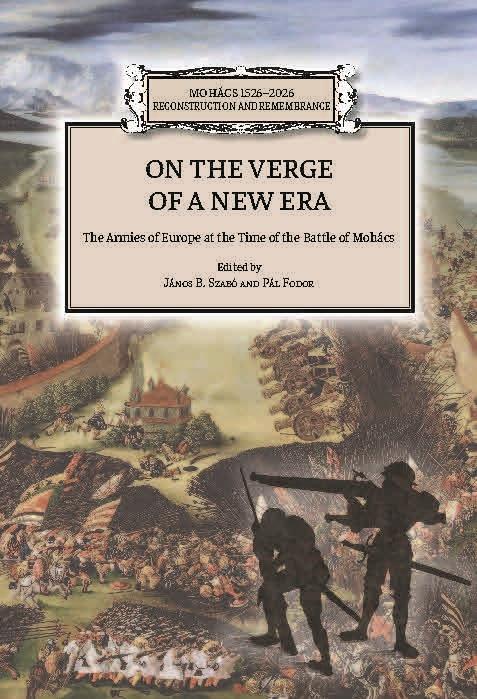
Szállítás:
5-15 munkanap
Rendelhető
3 588 Ft
Eredeti ár:
3 900.-
The Battle of Mohács (29 August 1526) is a singular event of symbolic significance for Hungary and the whole of Central Europe. Over the last thirty years, extensive work by Hungarian historians to revise the dark legend of Mohács has resulted in a much more balanced account of the ruling Jagiellonian dynasty (14901526) and the thirtyfive years that preceded the battle.
Leírás
The Battle of Mohács (29 August 1526) is a singular event of symbolic significance for Hungary and the whole of Central Europe. Over the last thirty years, extensive work by Hungarian historians to revise the dark legend of Mohács has resulted in a much more balanced account of the ruling Jagiellonian dynasty (14901526) and the thirtyfive years that preceded the battle. The battle itself also has come to be viewed differently: having been previously dismissed by military historians as an insignificant encounter (where the obsoletemedieval Hungarian military organization met its end), Mohács has been revealed as one of the largest battles of the early modern period, fought between two armies that were equally modern. This book attempts to give further points of reference for connecting the battle to general military history. The authors present the military organizations and armies of the principal European empires and states, examining how they fought their wars, at a time when all participants were obliged to make fundamental changes. The military affairs of each country are presented in chapters of more or less uniform structure, starting with the key indicators of military capabilities: territory, population and state revenues. Hopefully, this European roundup will also contribute to a more realistic assessment of the options and performance of the Hungarian political elite that fought the Battle of Mohács. The book will be useful for thoseinterested in the general military history of the era and as a textbook for university students.
Adatok
Raktári kód:
L10203
ISBN:
9789634162803
EAN:
9789634162803
Megjelenés:
2021.
Hozzászólások

